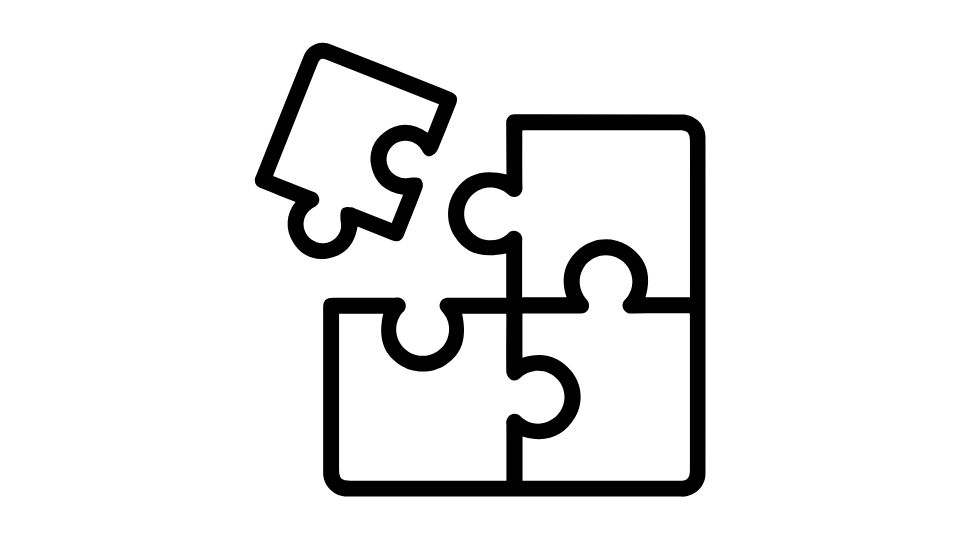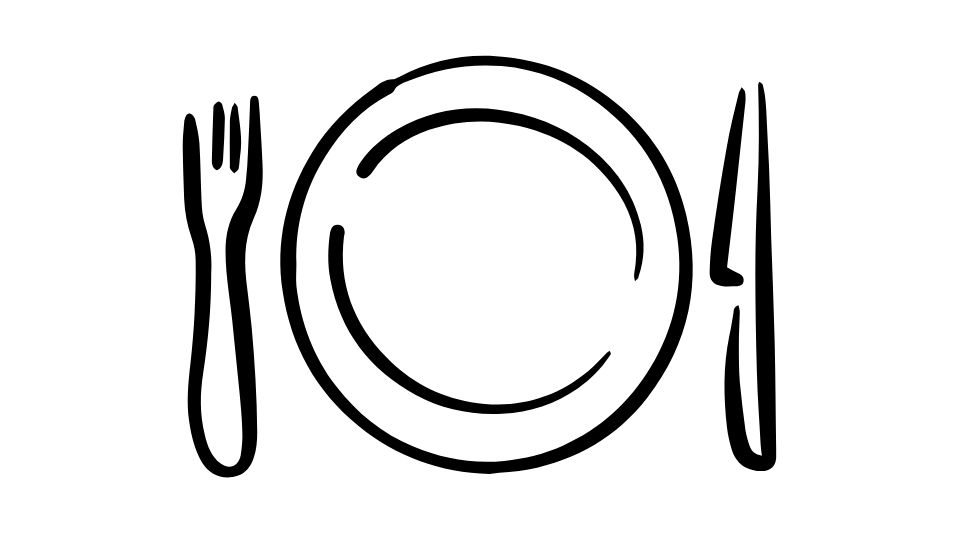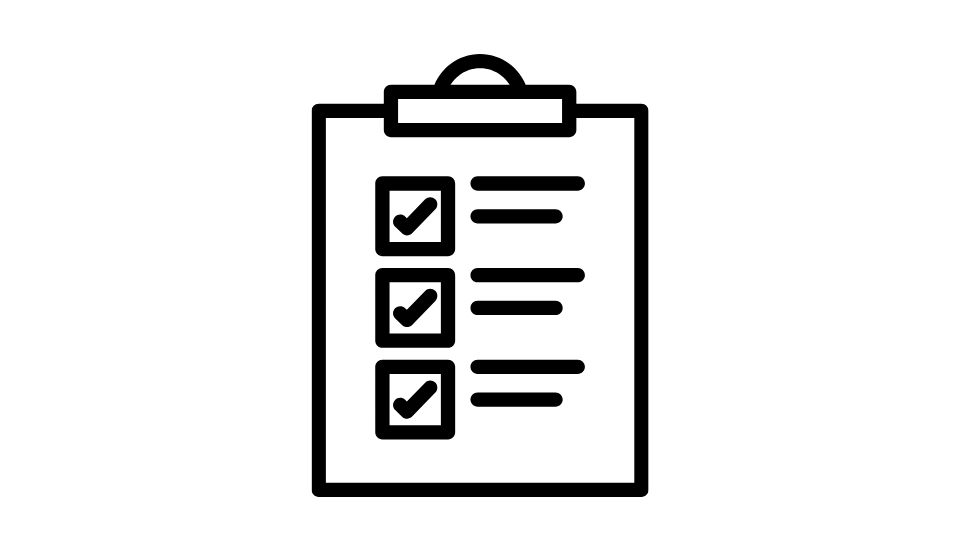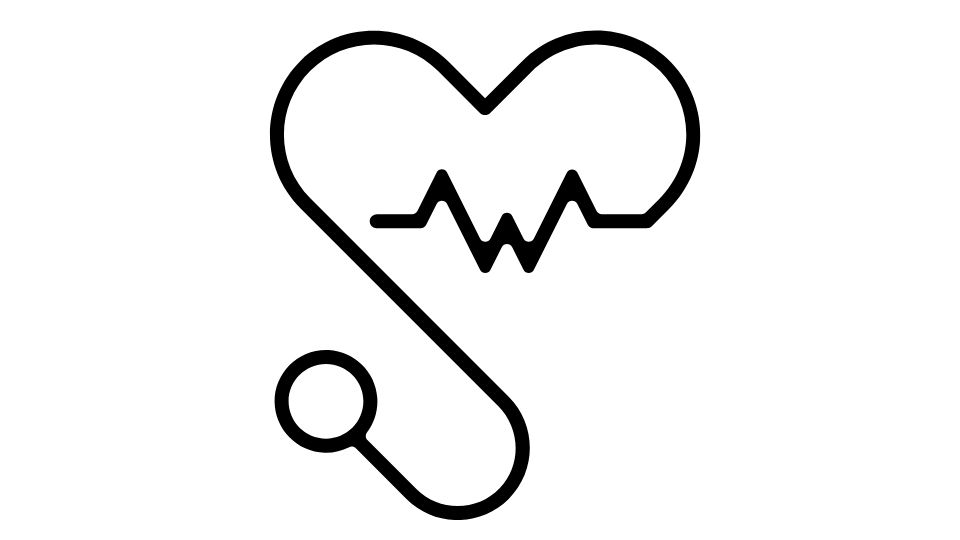Ever noticed how everyone seems to talk about “eating healthy” but nobody can agree on what that actually means?
Maybe it’s keto. Maybe it’s paleo. Maybe it’s becoming a breatharian who survives solely on sunshine and good vibes.
But no matter what diet you’re following, there’s one strategy that consistently works for people trying to improve their eating habits: tracking what you eat.
In this post, I’ll break down why meal tracking is so effective, how to do it without going crazy, and which apps actually work in 2025.
And no, I’m not going to tell you that you need to weigh every blueberry that crosses your lips. I’m a realist.
Let’s get into it.
Why Tracking Your Meals Actually Works
You Can’t Improve What You Don’t Measure

Think you know what you ate today? You’re probably wrong.
Most of us have no idea what we’re actually consuming. That “small handful” of trail mix was actually 400 calories. That “mostly healthy” lunch had more sodium than three bags of chips.
Tracking your meals gives you cold, hard data about what’s actually going into your body.
Research consistently shows that people who track their food intake lose more weight and keep it off longer than those who don’t. It’s not magic – it’s just awareness.
You’ll Stop Lying to Yourself
We’re all professional self-deceivers when it comes to food.
“I barely ate anything today!” (conveniently forgetting the office donuts, drive-thru coffee, and samples at Costco)
When you track everything, those little “doesn’t count” moments suddenly do count. It’s harder to mindlessly snack when you know you’ll have to log it.
You’ll Learn What’s Actually in Your Food

Ever read a nutrition label and think “what the hell is maltodextrin?”
Tracking teaches you about nutrients, not just calories. You’ll start recognizing which foods are protein powerhouses, which are secret sugar bombs, and which leave you feeling energized vs. sluggish.
This nutrition education pays dividends for life.
You’ll Spot Patterns and Problems
Maybe you always binge on Thursdays (when you have that stressful weekly meeting).
Maybe you feel bloated every time you eat dairy.
Maybe you’re chronically under-eating protein.
Tracking helps identify these patterns so you can actually solve the real problems, not just symptoms.
How to Track Without Losing Your Mind

If you’re thinking “this sounds like a lot of work,” you’re not wrong. But it doesn’t have to be overwhelming.
Pick a Method That Fits Your Life
There are three main approaches:
- Traditional food journal (pen and paper)
- Tracking apps (MyNetDiary, Lose It!, etc.)
- Text-based tracking (like MealByMeal)
The best method is the one you’ll actually stick with. Period.
Start Simple, Then Get Detailed
When starting out, just focus on logging everything. Don’t worry about perfect accuracy.
“Breakfast: 2 eggs, toast with butter, coffee with cream”
That’s enough to start building awareness. You can get more precise as you go.
Don’t Just Track Food
The most successful trackers also note:
- Time of day
- Hunger level (1-10)
- Mood/emotions
- Location
- Who you were with
These contextual clues reveal your eating triggers and habits.
The Best Meal Tracking Apps in 2025
There are approximately 5 million food tracking apps, and most of them are garbage. Here’s what actually works:
MyNetDiary
The good: Clean interface, massive food database, barcode scanner that actually works, AI meal scanner in premium version.
The bad: The AI scanner is only in premium, which costs money (shocker).
Cost: Free with basic features; Premium is $9/month or $60/year
Lose It!
The good: Comprehensive database, barcode scanner, reminds you to log, supportive community.
The bad: Can be hard to log homemade meals accurately, doesn’t track micronutrients.
Cost: Free with basic features; Premium available
Cronometer
The good: For nutrition nerds who want to track EVERYTHING. Shows up to 84 nutrients, syncs with fitness devices, generates detailed reports.
The bad: Free version has ads, premium is pricier than competitors, overwhelming for beginners.
Cost: Free with ads; Gold subscription for premium features
MealByMeal
The good: Text-based tracking (just text what you ate), automatically calculates calories and macros, super fast, no app to open.
The bad: Newer service, less feature-heavy than established apps.
Cost: Check MealByMeal.com for current pricing
The Science Behind Why Tracking Works
This isn’t just my opinion – it’s backed by research.
A major study found that participants who tracked their food intake consistently (5+ days per week) lost significantly more weight than those who tracked sporadically.
The reason is simple: consistent tracking = consistent awareness = consistent action.
When combined with nutritional education, tracking can also help manage chronic conditions and identify nutrient deficiencies, according to research from the American Journal of Preventive Medicine.
How to Actually Start Tracking Today
1. Set a Clear Goal
Why are you tracking? Be specific:
- “I want to lose 15 pounds by summer”
- “I want to identify foods that trigger my migraines”
- “I want to increase my protein intake to 100g daily”
Your goal determines what you should track.
2. Choose Your Weapon
Pick a tracking method and stick with it for at least 2 weeks before switching.
3. Start With a Baseline Week
Don’t change your diet yet! Just track normally for 7 days to see your starting point.
This baseline data is gold for understanding what needs to change.
4. Review Weekly, Not Daily
Daily fluctuations don’t matter much. The weekly patterns tell the real story.
Set a calendar reminder for “Meal Tracking Review” every Sunday evening.
5. Be Honest (Nobody’s Looking)
Track the cookie. Track the midnight cheese. Track the “extra” glass of wine.
This isn’t about judgment – it’s about data. And you can’t fix what you pretend isn’t happening.
Is This Really Worth the Effort?

Look, I get it. Tracking sounds tedious. And sometimes it is.
But here’s the truth: most people who successfully change their eating habits long-term use some form of tracking, at least temporarily.
It doesn’t have to be forever. Even a few weeks of consistent tracking can permanently change how you think about food.
And with new tools like MealByMeal that let you track by simply texting what you ate, the barriers are lower than ever.
The question isn’t “Is this worth the effort?” but rather “Is improving my health worth a few minutes each day?”
I think we both know the answer to that.




Leave a Reply